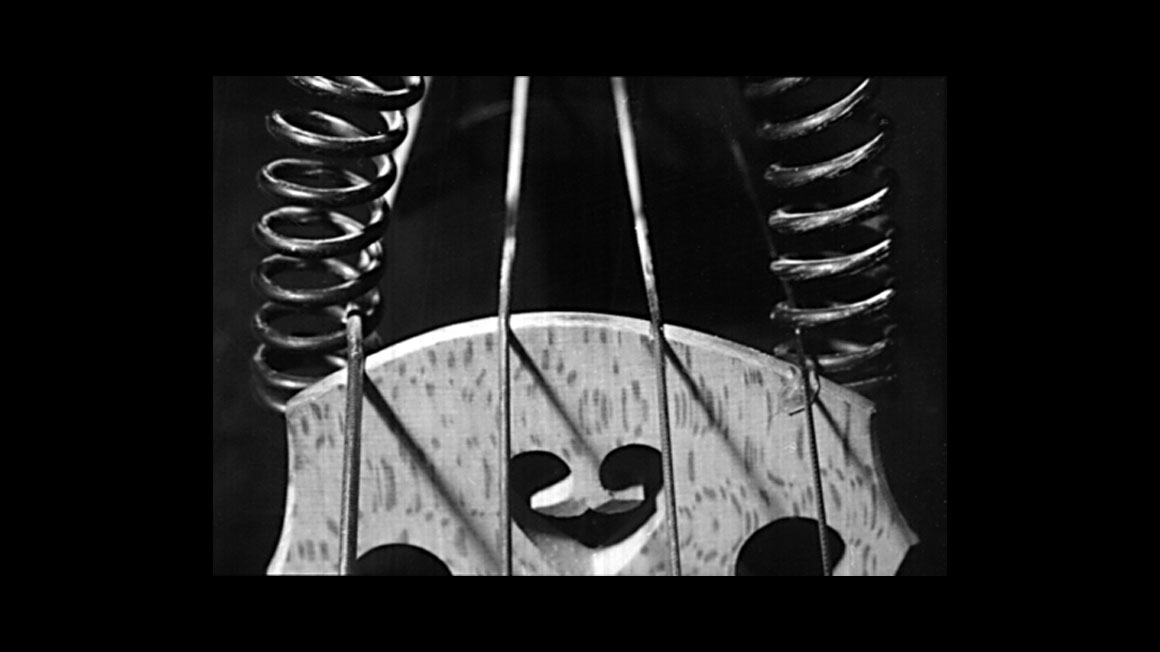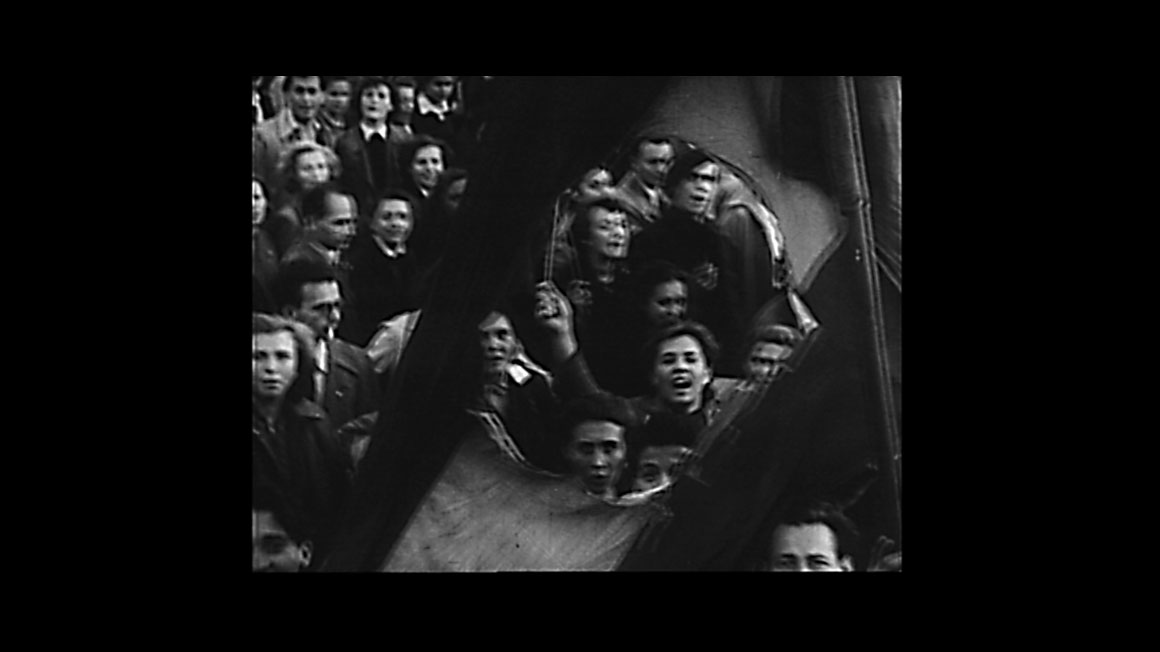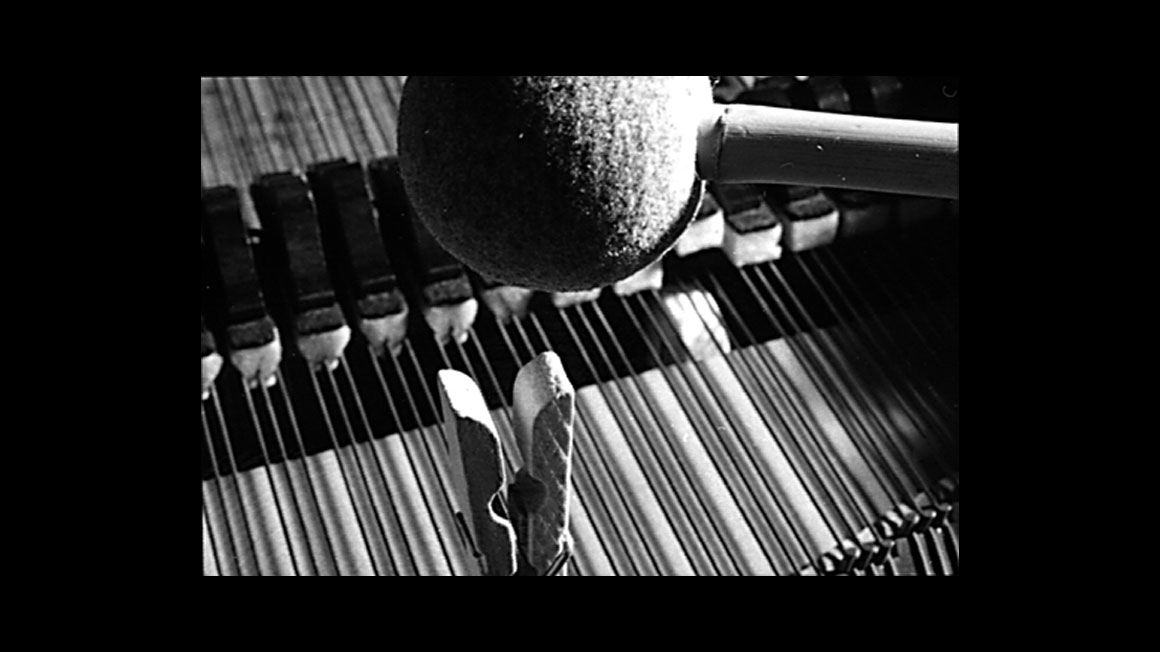amor fati - thats the story of a family, reported by her sister, her brother and her parents who lived in Budapest in contact with a group of intellectuals, philosophers and artists. Hungaria after the Second Wolrld War, the Stalin era and the revolution of 1956. After the escape to Belgium, in Brussels, the family breaked considering to the difficulties of emigration. Each person gives his own persepective on the drama of this story. The film is a close and clear-headed narration of the destiny of emigration.
The movie amor fati and the music were simultaneously developed; independently but with constant contact: The five people in the film are identified by five distinct tones and their interaction reflects a familiar latticework of relationships. The single tone, wether it constructs its own identity in the tradition of Far Eastern music or functions as part of the environment as in Western music, is a living being. It is born and dies as long as it transforms itself. A person without a static identity, such as Pico della Mirandola greatly admired in the Renaissance, represents selfmetamorphosing nature.
Suite amor fati:
- Prélude A-E (piano)
- Préparation, Présentation, Prédestination, Précarite (cello)
- Présence (cello+flute)
- Prélude - Postlude (piano, cello, flute)
The grand piano is played con mollette, i.e. with clothes pins attached to the strings so that a system of polychromatic tones results. The middle string of a three-cord tone vibrates freely while the other two, fixed by clothes pins, produce two additional finely-tuned sounds wich merge with the base tone. In other words, an "off" key is produced which diffuses the old timbre and traces new sounds.







